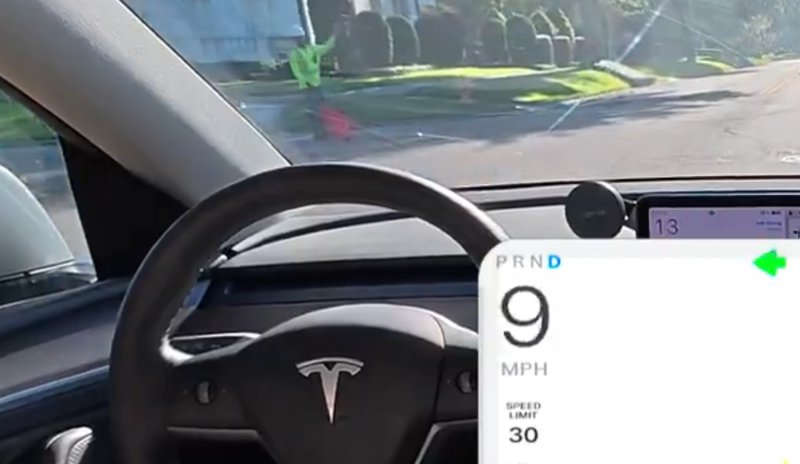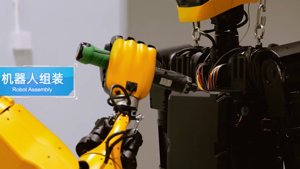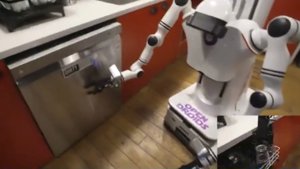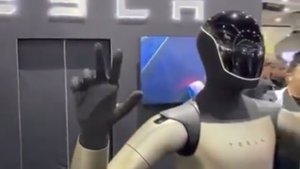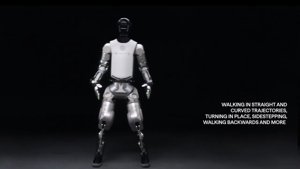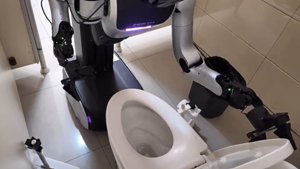Tesla’s latest Full Self-Driving (Supervised) beta, version v14.1.3, appears to have finally picked up a distinctly human trick: understanding hand gestures. A video posted by long-time FSD tester Chuck Cook showcases a Tesla vehicle correctly interpreting signals from a flagman at a temporarily closed road and, rather impressively, adjusting its route accordingly. This update is currently making its way to early access testers, presumably after passing its driving theory test with flying colours.
The clip demonstrates the vehicle not just seeing the flagman, but actually recognising the gestures, visualising the instruction on the driver’s display, and then rerouting with the calm assurance of a seasoned cabbie. For years, autonomous systems have been remarkably proficient at reading static, standardised signs – because, let’s face it, a stop sign doesn’t have a bad day. But interpreting the nuanced, and often idiosyncratic, gestures of a human directing traffic? That’s an entirely different level of computational complexity, one that even human drivers occasionally get spectacularly wrong.
The v14 software branch has been touted by Tesla as a significant leap forward, incorporating learnings from its Robotaxi programme to improve real-world navigation. While official release notes for v14.1.3 mention improved handling of blocked roads and detours (thank goodness, no more unexpected scenic routes through someone’s garden), the ability to process human gestures represents a significant, yet unlisted, advancement in the system’s situational awareness. It’s like your car suddenly started understanding your mother-in-law’s passive-aggressive hand signals.
Why is this important?
This development marks a critical step beyond simple object recognition and squarely into the realm of intent interpretation. Navigating the chaotic, unpredictable environment of a construction zone, guided by a human whose signals might vary from “slow down, mate” to “for heaven’s sake, turn left, you dolt,” is a classic “edge case” that has long challenged autonomous driving systems. While reading a stop sign is a solved problem (mostly), understanding a person waving you on is a foundational move towards the fluid, real-world adaptability required for true Level 4 or 5 autonomy. It suggests a shift from a system that merely follows road rules to one that is beginning to understand them in context – a vital distinction for a vehicle that aims to truly drive itself, rather than just follow a very sophisticated SatNav.
